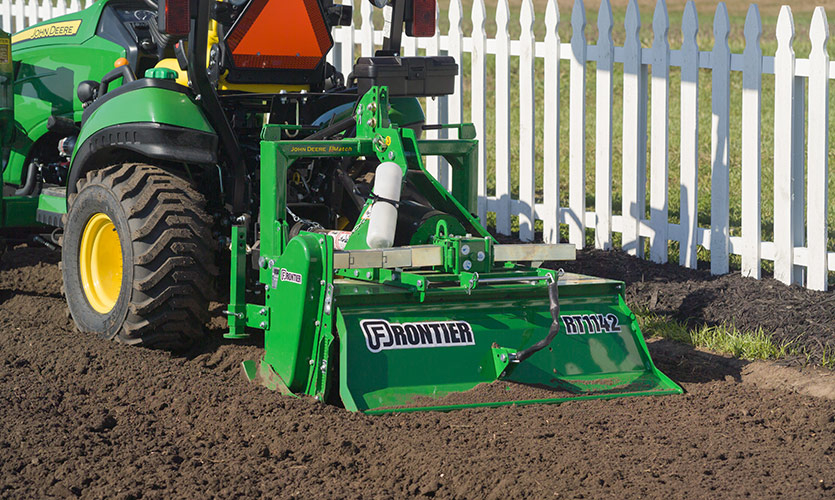When you make great garden soil, can mean the difference between a bountiful crop or disappointment at harvest time. Assuming your garden is in an area that will get sufficient water and at least 6 hours of full sunlight daily then spring is the time to get the soil ready.
If you haven’t tested your soil, you should. It’s always the first step to make great garden soil. Soil testing will help you understand the nutrient content, composition (sand, clay, etc.), and pH level. Call your county extension office for advice about soil sampling and using a soil test kit. It can help you determine the makeup of the soil you have so you know how to improve it if necessary. Then apply the right soil improvement products.
If yours is a young garden, you’ll likely want to add organic material in the form of compost and/or composted manure. Do your research based on the type and condition of your soil to achieve the result you want. Then track the results of your efforts in terms of soil condition through annual testing, along with the harvest you achieve. Adjust as needed, and plant again.
If you till your garden with a PTO-driven rotary tiller (US CA) with your tractor, be careful not to till too thoroughly or too deep. You want the soil to retain some of its tilth for drainage and absorption of nutrients.
When your garden season is over, remove the garden plant residue by plowing it under and then let the soil mellow over the winter. On the other hand, you could plant a cover crop like alfalfa or clover. Then next spring, step one of your garden soil management program will be to chop down the cover crop and let it decompose, which will add organic matter to the soil. Once it has decomposed, your tractor and rotary tiller can incorporate it back into the soil.
There are plenty of resources available on improving garden soil. Again, your local extension office is an excellent source of knowledge about common local conditions where you live. Ultimately, soil management can easily be as important to the success of your garden as how you care for the plants growing there.
And remember, always read the Operator’s Manual before operating any piece of equipment and follow all operating and safety instructions.
Frontier’s nearly 400 implements and attachments are designed, engineered, tested, and manufactured to fit and work with John Deere tractors. That’s a breadth and depth of John Deere and Frontier equipment compatibility you won’t find anywhere else in the world.
But we don’t stop there.
Beyond product performance, Frontier equipment is fully supported with John Deere warranty, service, parts, and customer support throughout our North America John Deere dealer network.
Whether it’s your land, your job, or your life, experience the fun and true satisfaction you’re looking for. You, John Deere and Frontier. Let’s work together.
Helpful Links:
Frontier Rotary Tillers (US CA)
How to use a tractor mount rotary tiller in your large vegetable garden.
How To Plow And Till A Vegetable Garden


